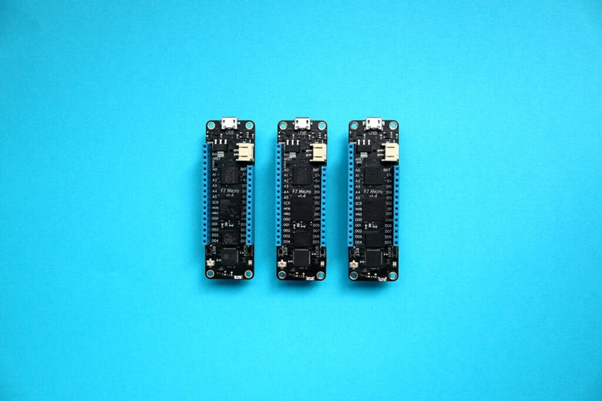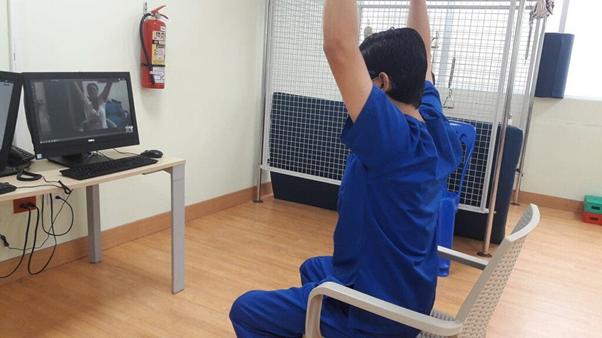Seven technology trends that defined 2020
Andrei Mihai

This year was a challenging one on multiple fronts. From the pandemic itself to all the social and economic woes that it brought upon us, 2020 has been a tough nut to crack. Luckily though, we had an important ally on our side: technology. Can you even imagine what this year would have looked like 20 years ago? Let’s not even go there.
It wasn’t just the pandemic — several fields boomed in 2020, although we may have not been always paying attention. In fact, it was a pretty remarkable year for science and technology. Let’s look at a few defining trends that defined the year.
A shift in work: working from home
Most of us started work wishing they’d go to the office less, but this is not what we had in mind. With COVID-19 being so contagious, it was essential that as many people as possible work from home. Of course, this was impossible for many, but if your job mostly revolves around you using a computer — the odds are you’ve spent a lot of time working in pajama pants this year.
As it turns out, we don’t really need to be in the office for much of the work we do. With widespread fast internet and so many instant communication channels, many organizations were able (at least to some extent) to adapt to working remotely. This trend also helped us learn a bit about ourselves in this period: some found it hard to work without being surrounded by people while others found it soothing and more efficient. There may be no substitute for human contact, but there is a substitute for office work and it seems like the future of work will never be the same, even after the pandemic ends. We’d be wise to adapt to it.
Telehealth and telemedicine
Among the people who found themselves working more from home, there was also an unexpected category: doctors. Some doctors, to be precise. While many health workers were on the front line of the pandemic in hospitals, others also did important work — from their homes.
Telehealth, the distribution of health-related services via long-distance communication, is one of the defining trends not just of 2020, but of the past years (which is why it was also the hot topic of the Virtual HLF in September). During the first quarter of 2020, the number of telehealth visits increased by 50% in the US — and it only went higher after that. The surge of the COVID-19 pandemic meant that many procedures had to be delayed, and everything that could be done remotely (diagnosis, consultation, prescriptions, etc) was done remotely. From telecardiology (you can send electrocardiographs using your telephone) to teleneurology and even teledentistry, we’ve seen remote telehealth become a truly indispensable ally this year.
Home workout setups: from home cycling to VR
You’re probably seeing a trend here (although there’s still more than just remote working, I promise). Keeping ourselves healthy and sane is challenging enough through this period, but doing this while you have to stay home makes it even harder. So perhaps unsurprisingly, we’ve seen a surge in home workout systems.
Working out at home is, obviously, nothing new. Stationary bikes and pull-up bars are also not a novelty. But we have seen an unprecedented technologization and diversification of these systems. Stationary bikes are so 2019 — in 2020, we wear virtual reality devices as we cycle through whichever part of the world technology can take us, and we use AI to optimize our workouts. Welcome to the future.
The age of CRISPR
For the first time this year, the genetic scissors CRISPR was legally used. The groundbreaking technology injected the gene-editing tool into the eye of a patient suffering from a rare genetic disorder that had rendered them blind. While the results of the treatment are still being analyzed, it’s an exciting moment that could pave the way for CRISPR to finally enter medical practice.
CRISPR technology is a simple but very powerful tool used to edit genes — it’s essentially the best gene-editing tool we have at our disposal. The discovery is relatively recent but it’s so important that it was recognized with a Nobel Prize in Chemistry in 2020.
AI and medical algorithms
While AI hasn’t been the messiah some were hyping it up to be, it has undoubtedly taken a more important role in 2020. From medical algorithms that can identify serious conditions from a smartphone to protein folding, AI is indeed showing that, at least in some areas, it’s already good enough to be applied (check our full article on this topic).
For instance, one AI proved capable of identifying prostate cancer from biopsies with the accuracy of an experienced practitioner. Another showed remarkable prowess in boosting skin disease diagnosis. Some companies have reportedly even used AI in their search for a vaccine, gaining valuable time that could put us closer to the end of the pandemic.
IoT and miniaturization
We’ve already seen, for a time, that everything is becoming “smart”. It started with our phones — which nowadays are smartphones, it goes without saying — and then it expanded to things like traffic lights and vacuum cleaners. If we can make a ‘smart everything’, where objects from our day to day lives are equipped with sensors and communicating together, you have an ‘Internet of Things’ (yes, that is an actual term, and it’s usually abbreviated as IoT).
It’s hard to put a finger on one development in 2020, but several trends converged to bring IoT closer to reality. For instance, one recent paper highlighted how accessible and inexpensive sensors have become, and how much environmental data can be gathered with very little resources (and open code). Computers are also becoming smaller and cheaper, with single-board computers now already being commonplace. The fact that the world is starting to treat the IoT seriously was shown early in 2020 when Senate Bill No. 327 went into effect requiring manufacturers of connected devices to provide “reasonable security features”. Several countries are working on standards and security standards for IoT.
Drones for environmental monitoring and research
Drones are no longer just cool and fun instruments — they’re becoming more tool and less fun with each passing year. In 2020, a year that saw record deforestation in the Amazon, indigenous populations and environmental researchers are using drones to monitor the damage in remote areas. Increasingly, drones are being used for environmental monitoring, offering a low-cost alternative to conventional monitoring methods.
Drones are increasingly used in research, as well. For instance, they’ve become almost indispensable for modern archaeology, and they’re also used to monitor things like flooding or soil erosion. Drones aren’t just limited to the sky: underwater drones are also gaining popularity, with several groups already using them to study the oceans’ subsurface.
The post Seven technology trends that defined 2020 originally appeared on the HLFF SciLogs blog.

